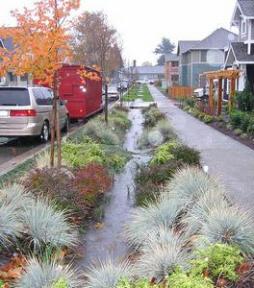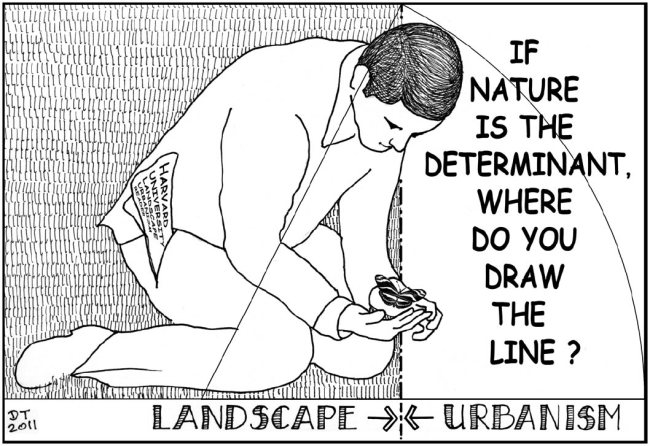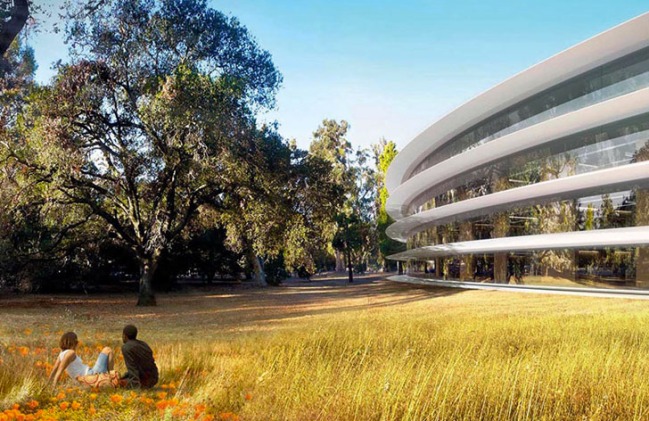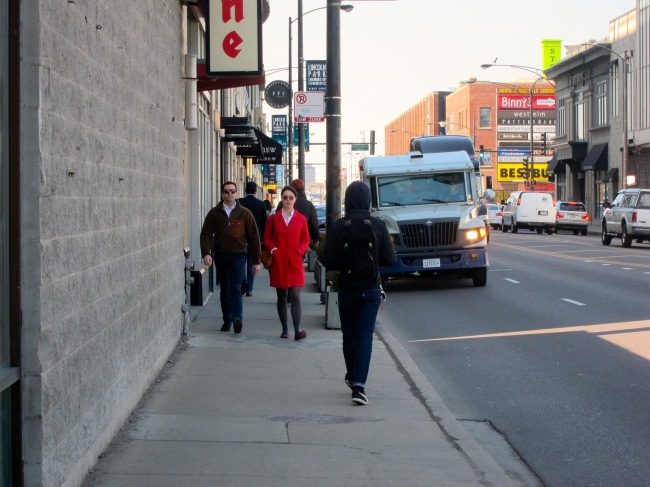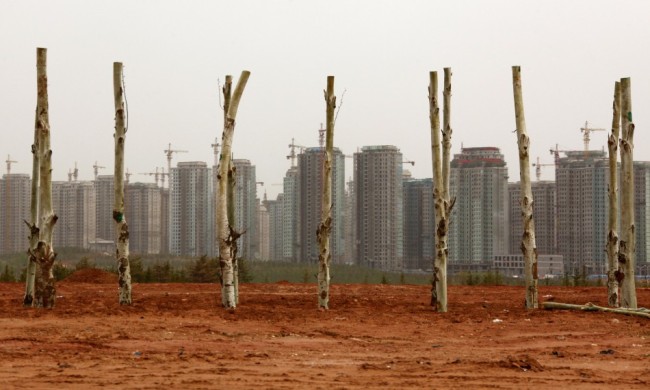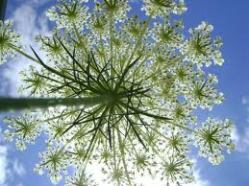In the neighborhoods of Chicago, it is not uncommon to see front lawns lining the front of residential streets. In fact, as a culture, the majority has taken to mowing their lawns without even thinking about the consequences of their actions. We have developed this idea that it is just what needs to be done and so basically everybody does it. Our obsession with keeping up with this culture has even reached the point where neighbors allow themselves to obsess over the appearance of others’ lawns that one could be fined for not “treating” their lawn.
The life of grass is one that I would not wish to live. Grass is meant to grow long and tall; its roots would then also continue to penetrate further into the soil. Ideally, grass would grow in loose soil where it has the ability to absorb more nutrients from the soil. If you think about it, each blade of grass works like a solar panel as each one retains energy from the sun that also helps it to grow. Lawn owners invest a good deal of time, money, and effort to water and weed their lawns to attain a beautifully luscious and green lawn. Except, even after all that hard work and the time it has taken grass to finally start growing again they take the lawn mower and chop of some more of it. Grass never gets to grow to its full potential the way we allow other plants to do. In addition, it is also expected to grow in compact soil that does not allow enough water to seep through.
So, why do we bother to maintain a landscape of grass? Especially when we are all aware of the massive rain showers we have been getting in Chicago lately. Why don’t we let the grass grow and let it and the soil be much happier? Let’s invest in the type of plants that will be more fruitful in bettering our quality of life and allowing all of the excessive amounts of water to have somewhere to go other than the sewer, or sitting along a curb because the sewer is overflowing. Let’s face it, we have been treating our front yard in so many ways only to get stepped on by children and serve as a place for dogs to relieve themselves. Instead, let’s design a front yard with textures and colors that will provoke awe and also manage our excess storm water. Wouldn’t that make for a better front yard worth being proud of?
Image: http://pugetsound.org/education/polluted-runoff/faqs-polluted-runoff

